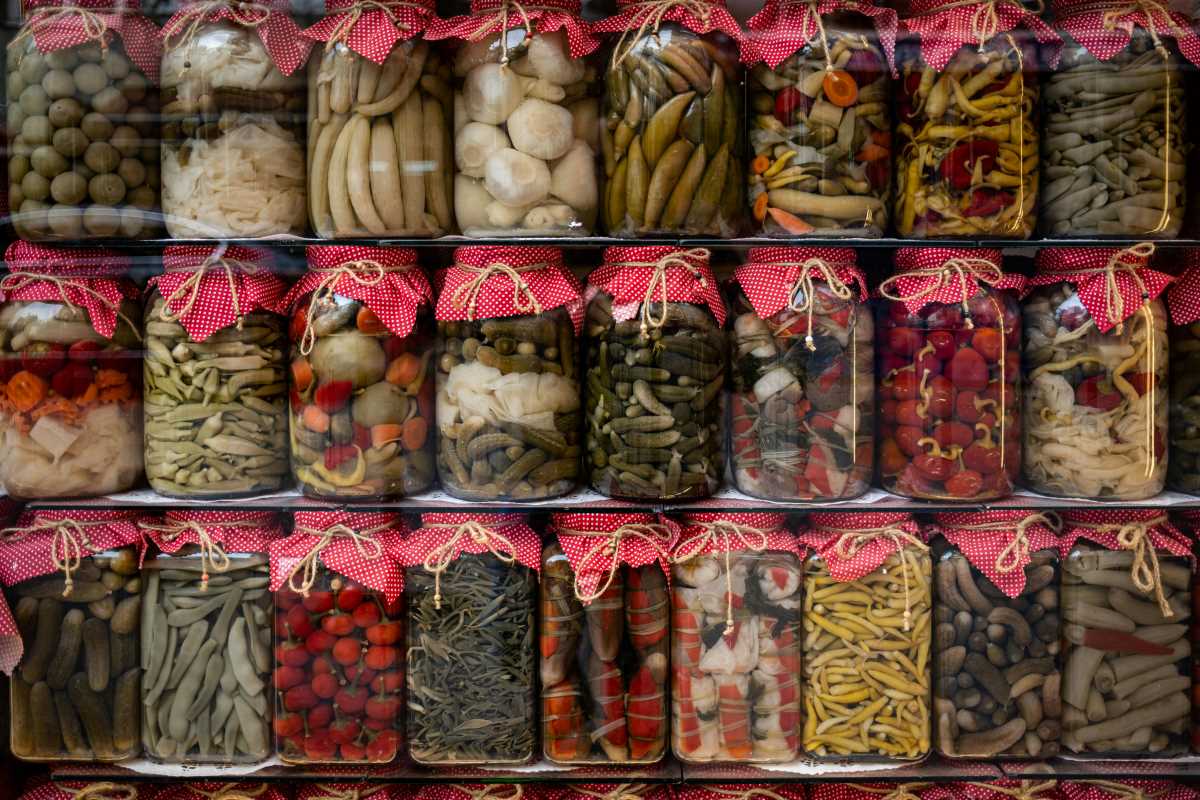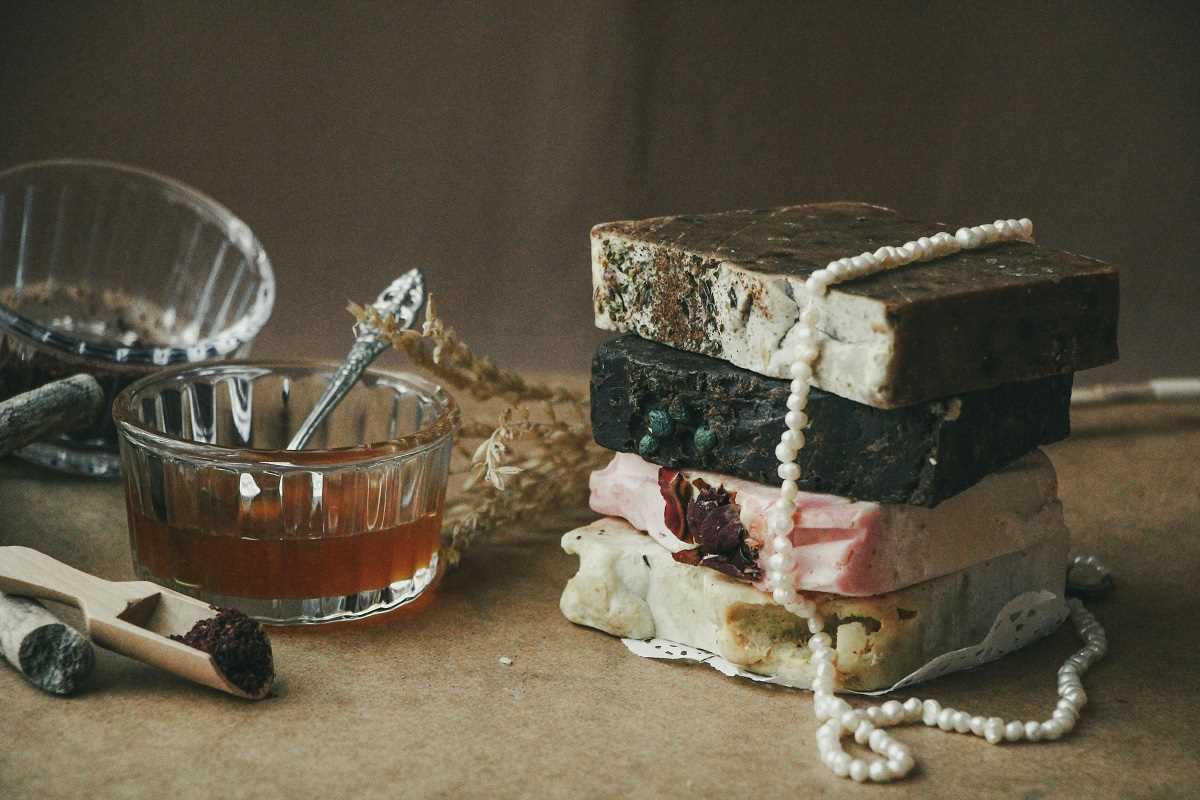Brew enthusiasts rejoice! Kombucha has taken the beverage world by storm, and now it's your turn to craft your very own. While traditional flavors like ginger and lemon are delicious, there’s a whole world of unconventional combinations waiting to be explored. Whether you’re a seasoned brewer or just starting out, this guide will walk you through creating artisan kombucha with flavors that are anything but ordinary.
Creating unique kombucha flavors not only makes your brew stand out but also allows you to experiment with various taste profiles that suit your personal preferences. From spicy infusions to fruity medleys, the possibilities are endless. Let’s dive into the essentials you’ll need and explore some exciting flavor ideas to kickstart your brewing adventure.
Understanding Kombucha Basics
Before you embark on brewing your artisan kombucha, it’s essential to familiarize yourself with the fundamentals. Kombucha is a fermented tea that relies on a symbiotic culture of bacteria and yeast, commonly known as a SCOBY, to transform sweet tea into a tangy, effervescent drink.
Key Ingredients:
- Tea (black, green, or a blend)
- Sugar
- SCOBY
- Starter tea (previously brewed kombucha)
- Flavorings (herbs, fruits, spices)
- Essential Equipment:Glass brewing jar
- Breathable cloth cover
- Rubber band
- Bottles for storing kombucha
- Funnel and strainer
Having the right ingredients and equipment is crucial for a successful brew. Ensure that all your gear is clean and sanitized to prevent contamination. The quality of tea and sugar you use can significantly impact the final flavor, so choose wisely.
Understanding the basics sets the stage for experimenting with unconventional flavors. Once you have your foundation solid, you can start getting creative with your kombucha blends.
Choosing Unconventional Flavors
One of the joys of brewing kombucha is the ability to customize flavors. Moving beyond the traditional can lead to exciting and unique taste experiences. Here are some unconventional flavor combinations to inspire your next batch:
- Mango Chili: Sweet mango paired with a hint of spicy chili for a tropical kick.
- Lavender Earl Grey: Floral lavender combined with the citrus notes of Earl Grey tea.
- Beet and Ginger: Earthy beets mixed with the zing of fresh ginger.
- Blueberry Basil: Juicy blueberries balanced with aromatic basil leaves.
- Turmeric Pineapple: The warm spice of turmeric complemented by sweet pineapple.
- Cucumber Mint: Refreshing cucumber blended with cool mint for a crisp finish.
- Hibiscus Rose: Tart hibiscus flowers enriched with the delicate flavor of rose petals.
- Apple Cinnamon: Classic autumn flavors with sweet apples and spicy cinnamon.
- Passionfruit Sage: Exotic passionfruit married with earthy sage.
- Cherry Vanilla: Rich cherries combined with smooth vanilla beans.
Experimenting with these combinations can lead to delightful surprises. Don’t be afraid to mix and match different ingredients to find the perfect balance for your palate. Remember, the fermentation process can enhance and mellow flavors, so consider how each ingredient interacts over time.
Start with small batches to test out new flavors before committing to larger quantities. This approach allows you to tweak and adjust your recipes, ensuring the best possible outcome for your artisan kombucha.
Brewing Process
Once you’ve selected your unique flavor combinations, it’s time to get brewing. Begin by making a sweet tea base, which is the cornerstone of any kombucha batch. Boil water and dissolve sugar into the tea, then allow it to cool to room temperature before introducing your SCOBY and starter tea.
Using artisan kombucha techniques, you can enhance the complexity of your brew during the fermentation stages. Transfer the mixture to a glass jar, cover it with a breathable cloth, and secure it with a rubber band. Let it ferment in a dark, warm spot for about one to two weeks, depending on your desired tartness.
Fermentation Tips
Fermentation is a critical step in kombucha brewing, as it determines the flavor and quality of your final product. Maintaining the right environment is key to successful fermentation. Ensure your brewing area is free from contaminants and pests, and monitor the temperature to stay within the optimal range of 68-85°F (20-29°C).
During fermentation, the SCOBY will consume the sugar and produce beneficial acids and probiotics. Taste your kombucha periodically to decide when it has reached your preferred level of fermentation. If you find it too sweet, allow it to ferment longer. For a less tangy taste, reduce the fermentation time.
Bottling and Storing Your Kombucha
After fermentation, it’s time to bottle your kombucha and infuse it with your chosen flavors. This secondary fermentation stage adds depth and effervescence to your brew. Carefully strain the kombucha to remove any residual yeast or sediment, then transfer it to sealed bottles.
- Use airtight bottles: This helps retain the natural carbonation.
- Store in a cool, dark place: Light and heat can degrade the quality of your kombucha.
- Avoid overfilling: Leave some space at the top to prevent bottles from bursting due to pressure buildup.
- Refrigerate after flavoring: Once flavored, keep your kombucha chilled to slow down fermentation and preserve flavors.
Bottling requires precision to ensure safety and maintain the desired taste. Use glass bottles with secure lids to handle the natural carbonation process. Label your bottles with the flavor and date to keep track of your brews.
Proper storage not only preserves the taste but also extends the shelf life of your kombucha. By following these tips, you can enjoy your artisan creations at their best.
Serving Suggestions
Your homemade kombucha is now ready to be enjoyed! Serve it chilled straight from the refrigerator for the most refreshing experience. Pour it over ice or garnish with a slice of lemon or a sprig of fresh herbs to enhance the presentation.
For an extra burst of flavor, mix your kombucha with sparkling water or use it as a base for creative mocktails. Kombucha’s versatility makes it a perfect addition to any beverage collection, whether you’re sipping solo or sharing with friends.
Brewing artisan kombucha with unconventional flavors is a fun and rewarding endeavor. By following these steps and experimenting with unique combinations, you can create a delicious, personalized beverage that stands out.






.jpeg)
